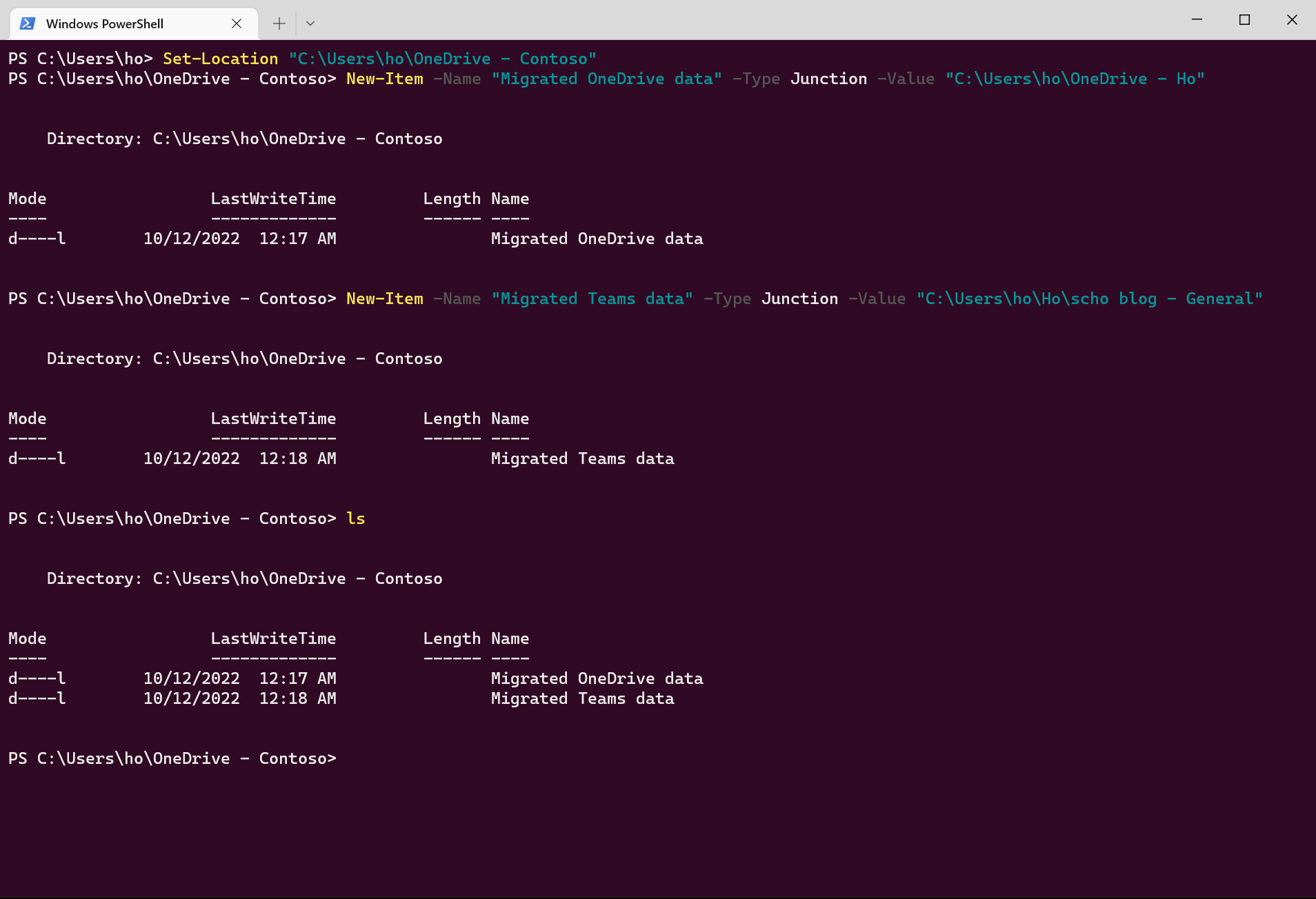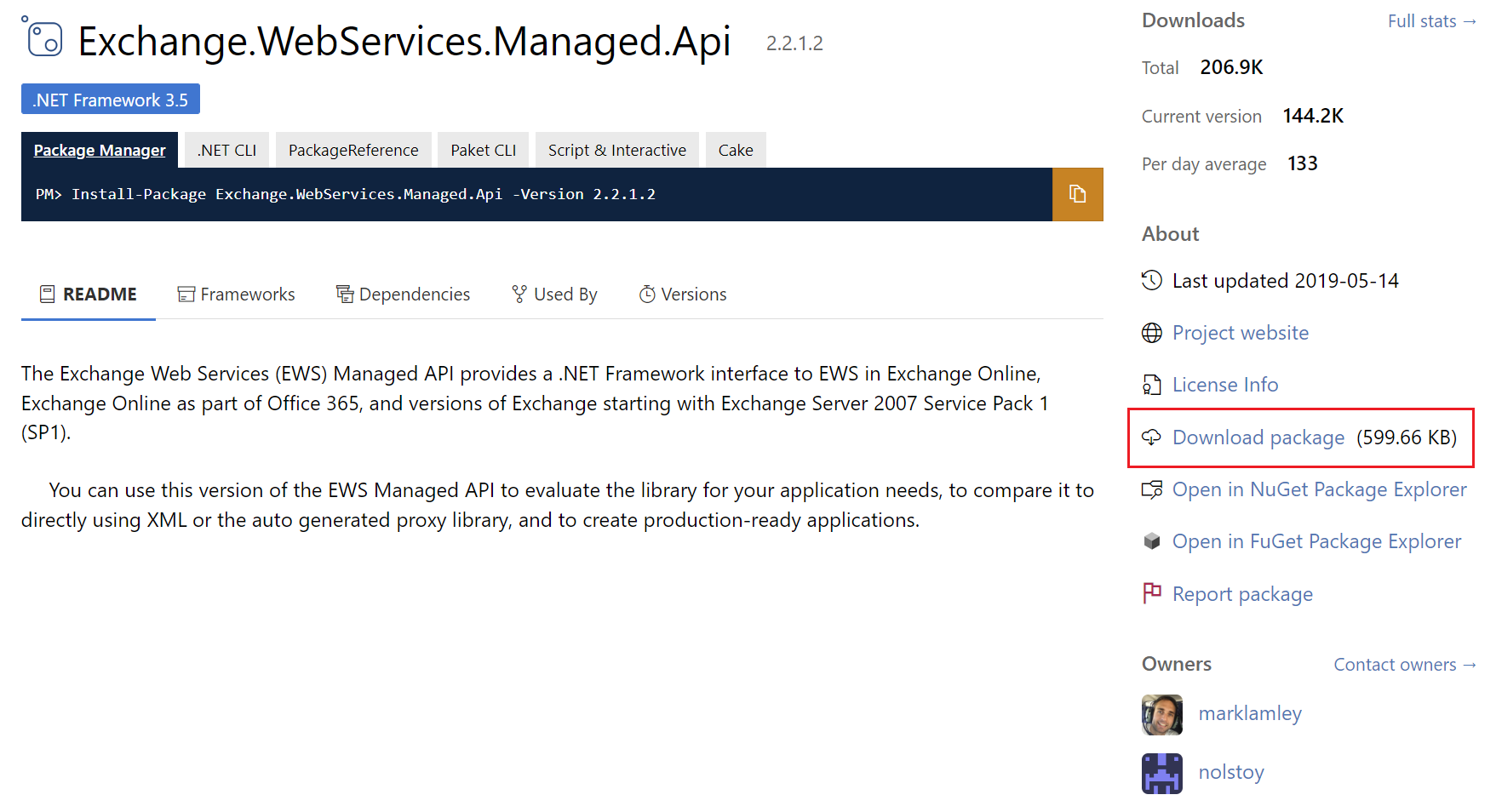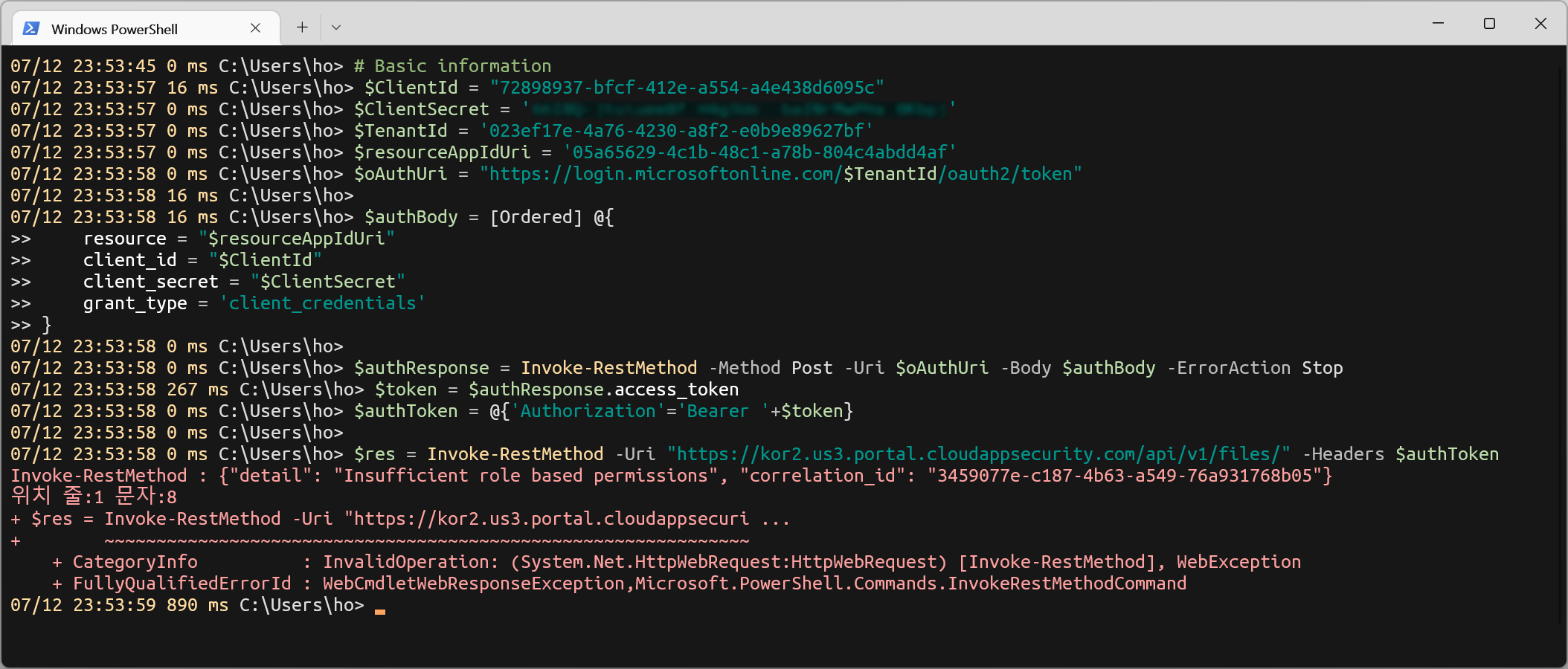Apps for Microsoft 365 update script
Background
It started from idea of colleague.
It was frequent job, changing Office client’s update channel and build number. Due to nature of technical supporting things. So, I composed this script to make my work easier and more conveniently.
Sometimes, what we made always seems too ugly, with time flies go on…
(In other words, maybe it can say that our skills are better now than the time when birth of our works…)
Even though It’s embarrassment on my work, I write down a story on it.
Someday, if I have a chance, I’ll make some enhancement on logics and entire structure.
Changing update channel and builds manually
Following tasks need to be done to change update channel and builds for Office 365 click to run client.
Changing update channel for Office client
You can choose one of the below:
- Using OfficeC2RClient.exe with Channel name
"C:\Program Files\Common Files\Microsoft Shared\ClickToRun\OfficeC2RClient.exe" /changesetting Channel=ChannelName - Modifing registry key
-
Set following key as proper value, according to channel name.
HKEY_LOCAL_MACHINE\SOFTWARE\Microsoft\Office\ClickToRun\Configuration\CDNBaseUrl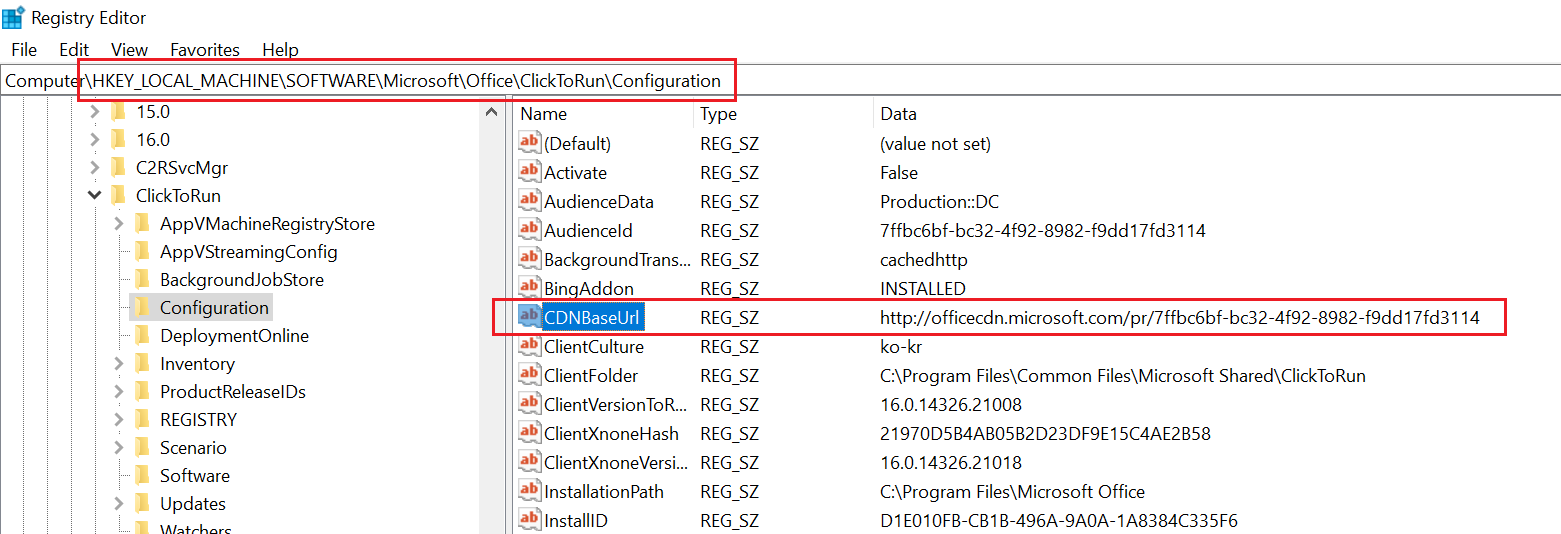
Channel name Previous name Value Beta Channel Insider Fast http://officecdn.microsoft.com/pr/5440fd1f-7ecb-4221-8110-145efaa6372f Current Channel (Preview) Insider Slow http://officecdn.microsoft.com/pr/64256afe-f5d9-4f86-8936-8840a6a4f5be Currnet Channel Monthly Channel http://officecdn.microsoft.com/pr/492350f6-3a01-4f97-b9c0-c7c6ddf67d60 Montly Enterprise Channel http://officecdn.microsoft.com/pr/55336b82-a18d-4dd6-b5f6-9e5095c314a6 Semi-Annual Enterprise Channel (Preview) Semi-Annual Channel (Targeted) http://officecdn.microsoft.com/pr/b8f9b850-328d-4355-9145-c59439a0c4cf Semi-Annual Enterprise Channel Semi-Annual Channel http://officecdn.microsoft.com/pr/7ffbc6bf-bc32-4f92-8982-f9dd17fd3114 DevMain Channel (Dogfood) http://officecdn.microsoft.com/pr/ea4a4090-de26-49d7-93c1-91bff9e53fc3 -
Remove following key
HKEY_LOCAL_MACHINE\SOFTWARE\Microsoft\Office\ClickToRun\Updates\UpdateToVersion
-
Update (downgrade) to specific build
Update or downgrade to proper build numbers.
With incorrect build number, there will be no response with executing OfficeC2RClient.exe
"C:\Program Files\Common Files\Microsoft Shared\ClickToRun\OfficeC2RClient.exe" /update user updatetoversion=16.0.0000.0000
Office 365 client update script
But it’s too annoying job, if it should be done multiple time for lots of devices.
So, I wrote down a script running following tasks.
1) Get CDNBaseUrl for each update channels
2) Get proper build numbers for each update channels
3) Read current CDNBaseUrl and compare with ones for channel to change / Remove Updatetoversion
4) Update client
5) Create GUI with forms
6) (In case of needed) disable automatic update
1) Get CDNBaseUrl for each update channels
I checked it manually… for each update channels.
Except DevMain Channel, you can get all CDNBaseUrl value for each channel by changing it!
2) Get proper build numbers for each update channels
You can refer Microsoft Docs for all build numbers for Office click to run client.
I filter it using regular expression from HTML body.
You can get HTML body using Invoke-WebRequest.
$res = Invoke-WebRequest -Uri "https://docs.microsoft.com/en-us/officeupdates/update-history-microsoft365-apps-by-date"
$html = $res.content
Filter out build numbers with proper keywords from HTML.
$current = [regex]::matches( $html, '<a href=\"(monthly-channel|current-channel)(.*?)</a>')
It may displays empty lists, in case of changing on structure of HTML documents, by Docs author.
3) Read current CDNBaseUrl and compare with ones for channel to change / Remove Updatetoversion
Use noun as ItemProperty in cmdlets to get, set, remove registry key.
I used -Verb RunAs as parameter for the least privilege principle, to modify registry keys.
if((Get-ItemProperty -Path Registry::HKEY_LOCAL_MACHINE\SOFTWARE\Microsoft\Office\ClickToRun\Configuration).CDNBaseUrl -ne $CDNBaseUrlCurrent) {
$ChannelChanged = $true
Start-Process powershell.exe -Verb runAs{
Set-ItemProperty -Path Registry::HKEY_LOCAL_MACHINE\SOFTWARE\Microsoft\Office\ClickToRun\Configuration -Name CDNBaseUrl -Value "http://officecdn.microsoft.com/pr/492350f6-3a01-4f97-b9c0-c7c6ddf67d60"
Remove-ItemProperty -Path Registry::HKEY_LOCAL_MACHINE\SOFTWARE\Microsoft\Office\ClickToRun\Updates -Name UpdateToVersion
}
}
4) Update client
Same as the one manually.
For DevMain channel, execute it without the build number, because it’s hard to get correct build number.
if($CmbChannel.Text -ne $nameDevMain){
$build = "16.0."+(($CmbBuild.text -split "Build ")[1] -split "\)")[0]
& "$env:CommonProgramFiles\microsoft shared\ClickToRun\OfficeC2RClient.exe" /update user updatetoversion=$build}
else{& "$env:CommonProgramFiles\microsoft shared\ClickToRun\OfficeC2RClient.exe" /update user}
5) Create GUI with forms
It was only in text originally. It just displays latest build number and make you choose it.
But it was getting harder and harder as more update released.
So I made a from with drop-down list for builds and channels.
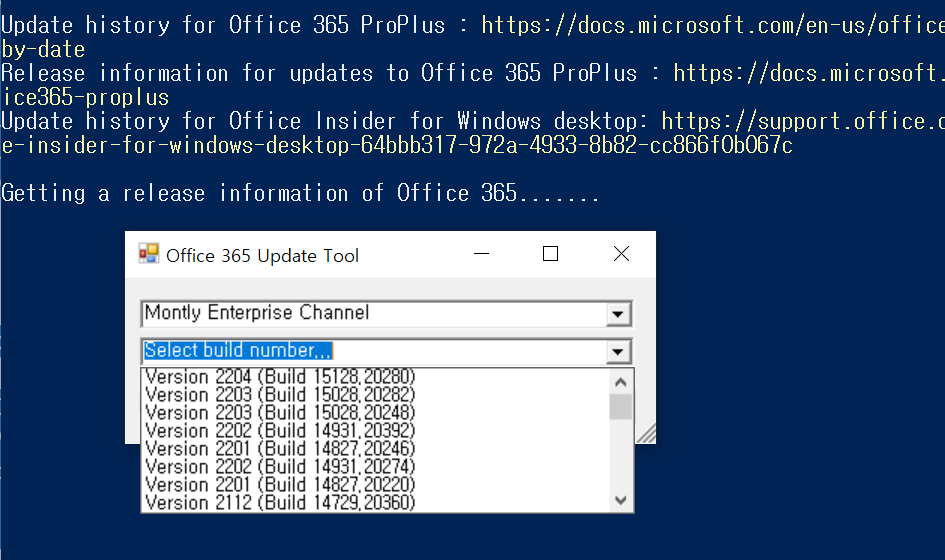
On part of full script…
You can see creating basic form and adding drop-down list (ComboBox), checkbox, etc…
I remember that it took a few hours to fill drop-down list with values and event handler (builds should shows according changes of selected channel)
#Form
Add-Type -AssemblyName System.Windows.Forms
$Form = New-Object system.Windows.Forms.Form
$Form.Text = "Office 365 Update Tool"
$Form.Size = New-Object System.Drawing.Size(370,120)
$form.MaximumSize = New-Object System.Drawing.Size(370,150)
$Form.MinimumSize = New-Object System.Drawing.Size(370,150)
$CenterScreen = [System.Windows.Forms.FormStartPosition]::CenterScreen;
$Form.StartPosition = $CenterScreen
$Form.TopMost = $True
$CmbChannel = New-Object System.Windows.Forms.ComboBox
$CmbChannel.Text = "Select release channel..."
$CmbChannel.Location = New-Object System.Drawing.Point(10,15)
$CmbChannel.Size = New-Object System.Drawing.Size(330,80)
$Form.controls.Add($CmbChannel)
# ...
$BtnUpdate = New-Object System.Windows.Forms.Button
$BtnUpdate.Text = "Update"
$BtnUpdate.Location = New-Object System.Drawing.Point(265,75)
$BtnUpdate.Enabled = $false
$Form.Controls.Add($BtnUpdate)
$ChkUpdate = New-Object System.Windows.Forms.Checkbox
$ChkUpdate.Text = "Disable updates"
$ChkUpdate.Location = New-Object System.Drawing.Point(10,75)
$ChkUpdate.Size = New-Object System.Drawing.Size(200,20)
$Form.Controls.Add($ChkUpdate)
#Cmb contents
$CmbChannel.Items.Add($nameCurrent) >> $null
$CmbChannel.Items.Add($nameMonthlyEnt) >> $null
# ...
#Event handler
$CmbChannel_SelectedIndexChanged =
{
$BtnUpdate.Enabled = $false
if($CmbChannel.Text -eq $nameCurrent){
$CmbBuild.Items.Clear()
$CmbBuild.Text = "Select build number..."
for($i=0;$i -lt $current.count;$i++){
$date_build = ([regex]::matches($current.value[$i],'Version \d{4} \(Build \d{4,5}\.\d{4,5}\)' )).value
$CmbBuild.Items.Add($date_build)
}
}
# ...
elseif($CmbChannel.Text -eq $nameDevMain){
$BtnUpdate.Enabled = $true
$CmbBuild.Items.Clear()
$CmbBuild.Text = "Update to the latest build."
}
}
$CmbBuild_SelectedIndexChanged = { $BtnUpdate.Enabled = $True }
6) (In case of needed) disable automatic update
What if, we downgraded it because some bugs on specific build, but it update again itself automatically… what we have done is in vain..
In that case, we can disable automatic update.
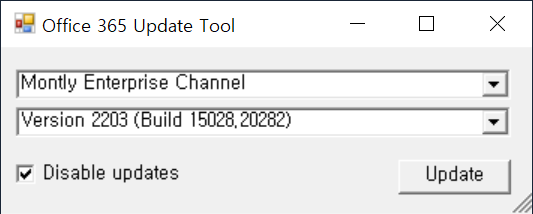
if($ChkUpdate.Checked -eq $true){
Write-Host "Disable updates......."
Start-Process powershell.exe -Verb runAs{
Set-ItemProperty -Path Registry::HKEY_LOCAL_MACHINE\SOFTWARE\Microsoft\Office\ClickToRun\Configuration -Name UpdatesEnabled -Value "False"
}
Result
Entire code is available here: Update-Office365
Or, you may install it from PowerShell.
Install-Script Update-Office365
Installed scripts are stored following path by default:
C:\Users\<UserName>\Documents\WindowsPowerShell\Scripts
